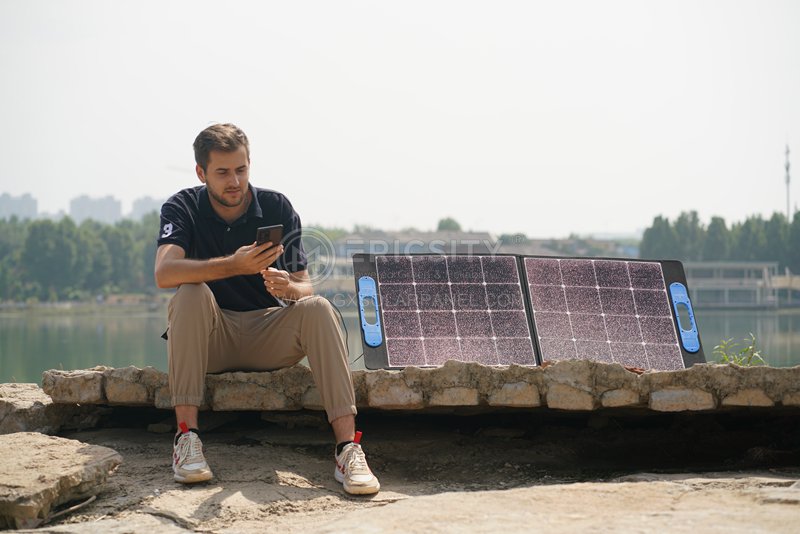HOT PRODUCT
Product Details
solar Panels For Campervans: Mono Vs. Poly Vs. Amorphous
Solar Panels For Campervans: Mono Vs. Poly Vs. Amorphous
When it comes to powering your campervan off the grid, solar panels have become a popular and environmentally friendly solution. They harness the energy from the sun to charge your batteries and keep your appliances running even in remote locations. However, with various options available in the market, it can be overwhelming to choose the right solar panels for your campervan. In this article, we will explore the differences between monocrystalline (mono), polycrystalline (poly), and amorphous solar panels, helping you make an informed decision.
1. Monocrystalline (Mono) Solar Panels:
Monocrystalline solar panels are recognized for their efficiency and sleek, uniform appearance. They are made from a single silicon crystal structure, resulting in a purer form of silicon. This purity enables better electron flow, meaning that monocrystalline panels generate more electricity per square meter compared to other types.

Pros:
– Highest efficiency rates among the three options, typically ranging from 15% to 20%.
– Better performance in low light conditions, making them suitable for campervans that can experience varying weather conditions.
– Sleek design and black color, enhancing the aesthetics of your campervan.
Cons:
– Usually, monocrystalline panels are more expensive than polycrystalline and amorphous options.
– The manufacturing process generates more waste than the other two types.
2. Polycrystalline (Poly) Solar Panels:
Polycrystalline solar panels are the most common type available in the market. They are made by melting multiple fragments of silicon together, resulting in a less pure form of silicon compared to monocrystalline panels. However, advancements in technology have made them a popular choice among campervan owners.
Pros:
– Lower manufacturing cost compared to monocrystalline panels translates into lower overall panel costs.
– Good efficiency rates, ranging from 13% to 16%, making them a cost-effective option.
– Less manufacturing waste compared to monocrystalline panels.
Cons:
– Slightly lower efficiency rates compared to monocrystalline options.
– Less efficient in low-light conditions, affecting their performance during cloudy days.
3. Amorphous Solar Panels:
Amorphous solar panels, also known as thin-film solar panels, use a non-crystalline or disordered form of silicon. They are flexible and lightweight, making them easy to install and suitable for curved surfaces such as the roof of a campervan.
Pros:
– Flexibility allows for better adaptability to irregular campervan surfaces.
– Good performance in high-temperature conditions, making them suitable for warm climates.
– Affordable compared to monocrystalline and polycrystalline panels.
Cons:
– Lower efficiency rates compared to mono and poly panels, ranging from 5% to 10%.
– Require a larger surface area to generate the same amount of power as other types.
– Faster degradation over time due to their technology.


Choosing the Right Solar Panels for Your Campervan:
The choice of solar panels for your campervan depends on various factors like budget, available roof space, and expected usage conditions. If you have a limited budget and your campervan will primarily be used in areas with ample sunlight, polycrystalline panels can be a good option. On the other hand, if efficiency and performance during low-light conditions are important to you, monocrystalline panels should be considered. Amorphous panels are suitable for those who desire flexibility and have larger surface areas available.
It is essential to consult with a solar panel expert and determine your specific needs before making the final decision. By considering factors such as efficiency, cost, and adaptability, you can select the solar panels that best meet your requirements and enjoy the benefits of sustainable energy while exploring the great outdoors with your campervan.




